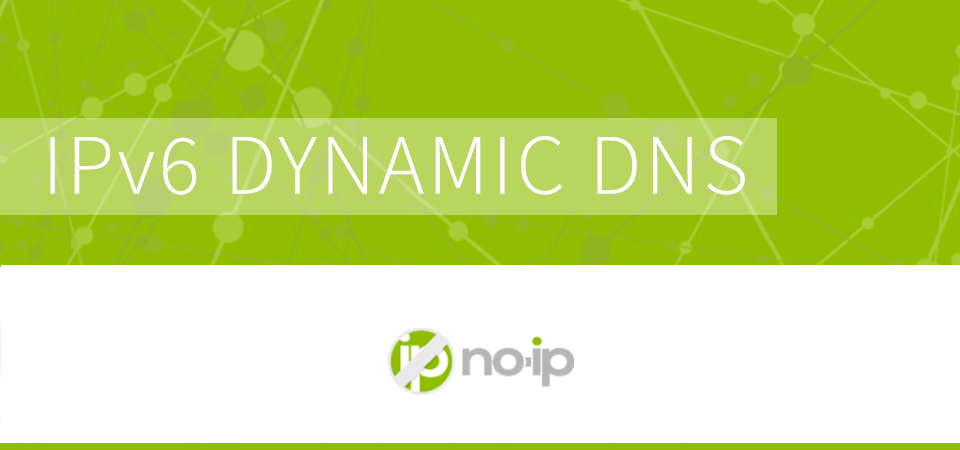AndrewL733
Occasional Visitor
My mobile phone provider (T-Mobile) seems to be causing issues for accessing my home via any VPN. While in the past when I was on Sprint, I could use OpenVPN from my phone to my house, now that I'm on T-Mobile, I'm not passing any data through the VPN. I connect okay -- both the ASUS RT-AC86U and the OpenVPN client on the iPhone show I'm connected -- but I can't ping or open web pages on my home network from my phone. I have the same issue with ZeroTier (in this case, ZeroTier is running on a separate computer in my house).
I was able to "solve" the OpenVPN problem by enabling "IPV6 Passthrough" on the ASUS router. (By the way, I'm on asuswrt-merlin 386.11). The ASUS Router shows it has a public IPV6 address, and if I "override" the server address in the OpenVPN iPhone client by entering the router's IPV6 address, OR if I manually enter the router's IPV6 address in my DYNDNS.ORG hostname record on their website -- either method works -- now when I connect from my phone, I am able to access all resources on my internal network. Web pages VNC instances, etc. I'm not 100 percent sure why this all works, but I'm happy it does.
Now my problem is, XFINITY (my ISP) is not guaranteeing that I'll always have the same IPV6 address, and the DDNS service on asuswrt-merlin doesn't seem to update IPV6 addresses automatically if they change. In fact, the DDNS services seem to ignore IPV6 altogether. Is there a reasonable solution here?
I was able to "solve" the OpenVPN problem by enabling "IPV6 Passthrough" on the ASUS router. (By the way, I'm on asuswrt-merlin 386.11). The ASUS Router shows it has a public IPV6 address, and if I "override" the server address in the OpenVPN iPhone client by entering the router's IPV6 address, OR if I manually enter the router's IPV6 address in my DYNDNS.ORG hostname record on their website -- either method works -- now when I connect from my phone, I am able to access all resources on my internal network. Web pages VNC instances, etc. I'm not 100 percent sure why this all works, but I'm happy it does.
Now my problem is, XFINITY (my ISP) is not guaranteeing that I'll always have the same IPV6 address, and the DDNS service on asuswrt-merlin doesn't seem to update IPV6 addresses automatically if they change. In fact, the DDNS services seem to ignore IPV6 altogether. Is there a reasonable solution here?


